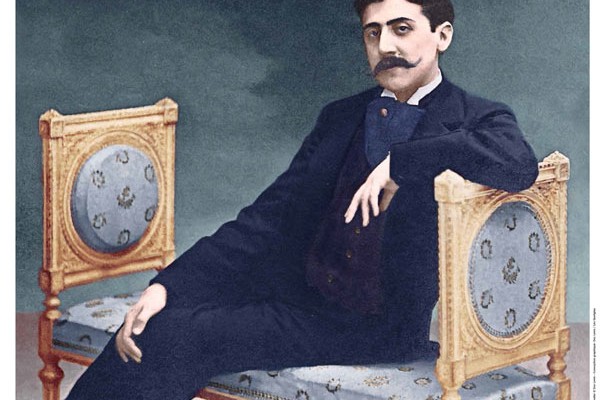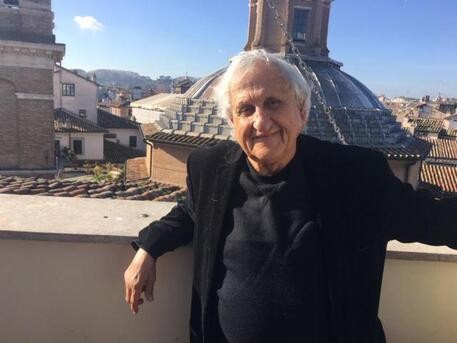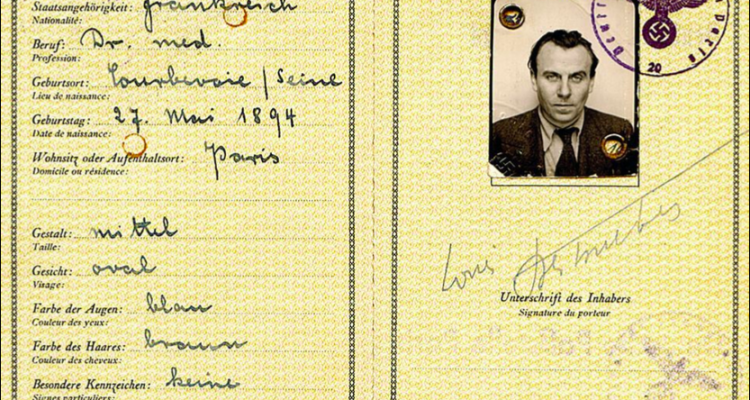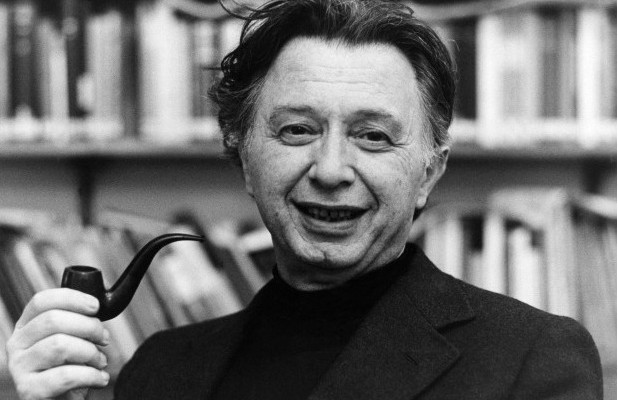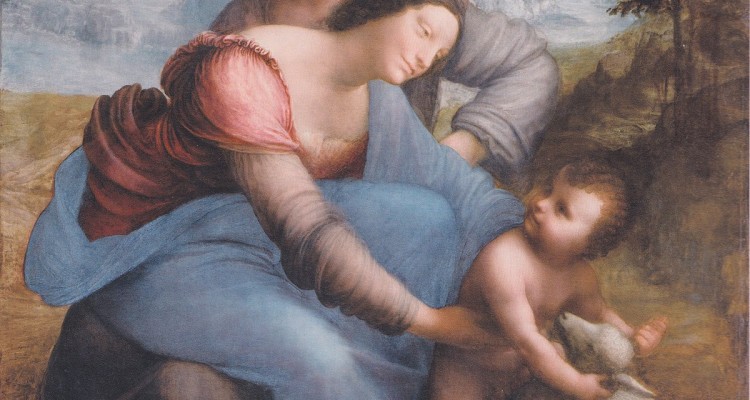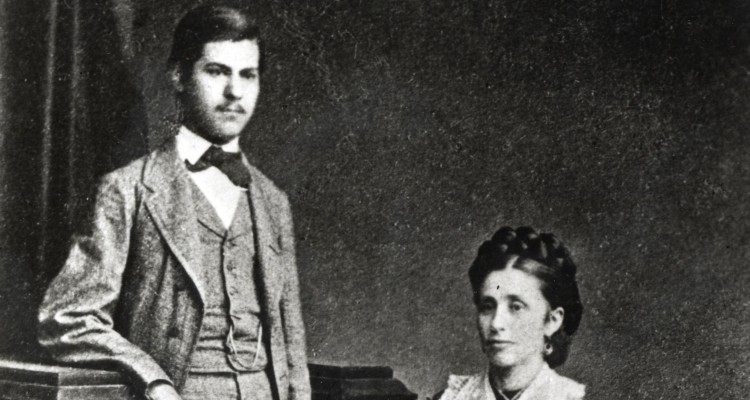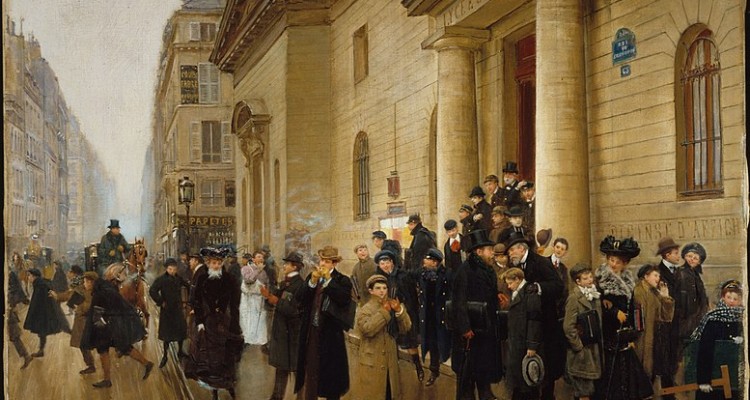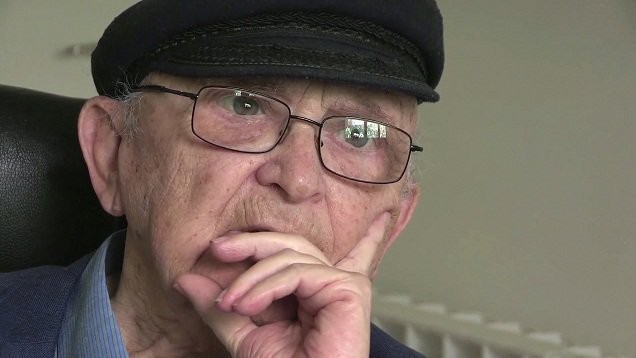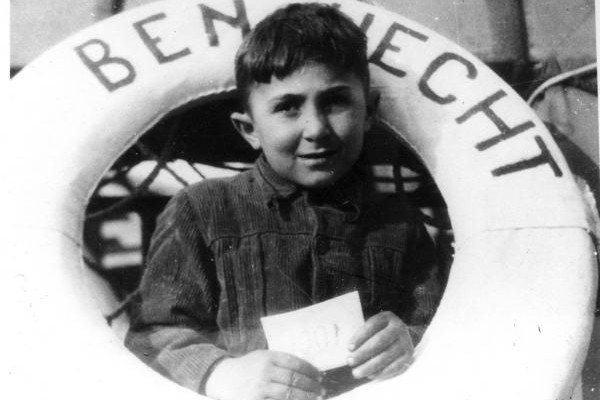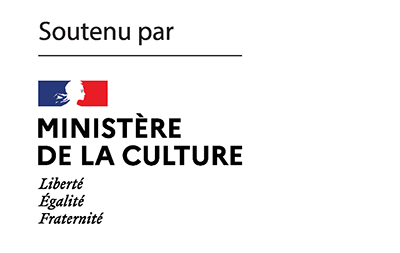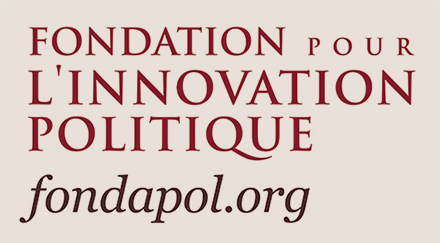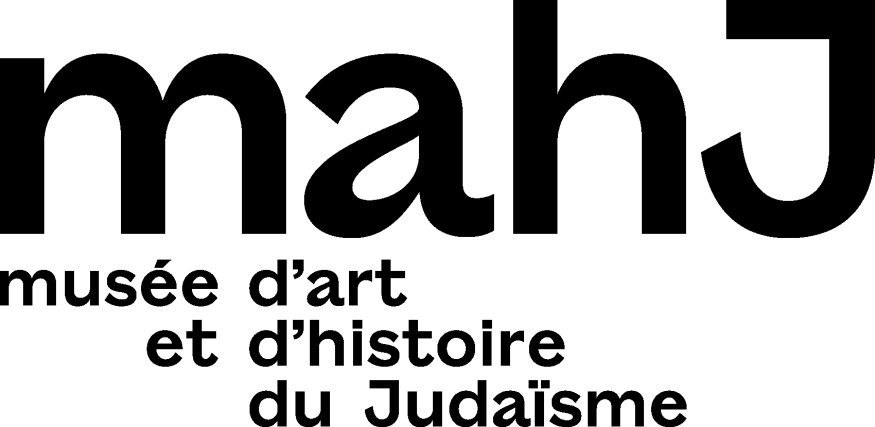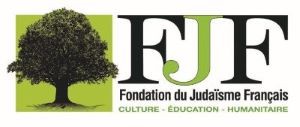Culture
The exhibition conceived by curator Isabelle Cahn and designed by Joris Lipsch at the mahJ in Paris – ‘Proust du côté de la mère’ — collects the mementos of Proust’s Jewish condition. It also solicits a plastic reflection on the modern Jews’ sense of art and its history, on the museum institution itself, on the power of the image and its effect on the gaze as well as on thought — so many themes, incessantly worked on in ‘The Search for Lost Time’, on which Avishag Zafrani returns for K.
Yehoshua died on Tuesday, June 14, at the age of 85. We feel that we are nearing the end of an era. The one of Aharon Appelfeld (1932-2018), Amos Oz (1938-2018) and A.B. Yehoshua (1936-2022), who embodied a generation of Israeli literature. They were not only great writers. This generation also represented the moral conscience of a nation that they saw come to birth.
Last May, Gallimard published Guerre, the first of Céline’s unpublished manuscripts, missing since the end of the war and now available again after a rocky history that is still largely undisclosed. A specialist of Louis-Ferdinand Céline, Philippe Roussin comes back to K. on the project of editing Céline’s lost manuscripts, a problematic work but whose goal is elsewhere. For in the end, it is always Céline’s status as a literary legend that is at stake, at the cost of an enterprise of erasure and rewriting aimed at reintegrating the author into the national pantheon and turning him into a cash machine.
The enfant terrible of post-war international Jewish philosophy is probably the best way to describe Jacob Taubes. Admired and sought after by all his contemporaries, Taubes embodies a figure that is repeated in the history of thought: that of the genius without work. But Taubes does not exactly fit this image. For throughout his life, rather than a work, the genius left… a mixed impression. Scholem even hid in obscure corners when he was likely to come across him by chance, while others, not least, were eager to get to know him, even to support him. It is of this strange Mr. Taubes that Jerry Z. Muller has just written a major biography:’ Professor of Apocalypse. The many lives of Jacob Taubes’. For K. Mitchell Abidor offers a review that plunges us into the wild life of a character oscillating between Shlemiel and false messiah.
After Amalia, Joel Whitebook introduces us to Freud’s second mother: the Catholic nanny who took care of him during the first years of his life and gave him the emotional support he lacked. In retrospect, it is also to this childhood acquaintance that Freud will trace his discovery of sexuality. From one mother to the other, these two portraits powerfully illuminate the problematic place that Freud gave to women in the science of psychoanalysis; and the elucidation that it calls for today by passing the life of the man Freud through the sieve of his own theory.
Anna Freud, Freud’s daughter, said that her grandmother was ‘devoted to and proud of her [son], as Jewish mothers are’. The fact is that this mother, Amalia, a superstitious Galician who spoke mostly Yiddish, had predicted that her Sigmund, on whom she projected her dreams of greatness, would become a great man. But who was the mother of the founder of psychoanalysis? And, by the way, how many mothers did he have? Joel Whitebook, the author of an intellectual biography of Freud, challenges this myth of the “good, loving mother” that Amalia would have been. K. publishes this week the first part of his analysis of Freud’s relationship to his mother figures. Next week we will meet Freud’s second mother, his Catholic “nannie”, old and ugly, but no less important for the young Freud in the midst of his sexual curiosity…
2022 marks the 100th anniversary of Marcel Proust’s death. For the occasion, the “Jewish side” of the author of In Search of Lost Time is the focus of unprecedented attention. The Museum of Jewish Art and History (mahJ) in Paris is showcasing an exhibition “Marcel Proust. Du côté de la mère” (on display through 28 August), whose principal academic advisor is Antoine Compagnon. The professor at the Collège de France has published a book entitled Marcel Proust du côté juif (Marcel Proust: From the Jewish Side) devoted to analyses of the work that have focused on its “Jewish” aspect. After reading this excellent work, Milo Lévy-Bruhl presents Proust from a new angle: as a product of the competing impulses in modern Judaism of return and emancipation.
K. publie cette semaine un entretien réalisé par Antoine Nastasi avec Aharon Appelfeld en 2010, paru initialement dans la revue Esquisse(s). Nous avons demandé à Valérie Zenatti – sa traductrice française – de le lire et de le présenter. Elle nous a livré ce texte sur les langues d’Appelfeld, ou, autrement dit, sur la tension qui traverse le grand écrivain entre l’allemand, sa langue maternelle mais aussi celle des bourreaux, et l’hébreu, sa langue d’adoption dans laquelle il a construit une œuvre que sa mère n’aurait pas pu lire….
Israeli novelist and poet Aharon Appelfeld, born on February 16, 1932 in Jadova (near Czernowitz, then in Romania, now in Ukraine) and deceased in 2018 in Israel, never ceased to “translate” his experience as a child who survived the destruction of the Jews of Europe. We are pleased to publish in K. the interview – never translated in English – conducted by Antoine Nastasi in 2010. In it, Appelfeld speaks of writing and words, of the Hebrew “which has shaped the character of the Jewish people” and delves into his own linguistic travels, from the mother tongue of German to the adopted language of Hebrew, in passing by Yiddish.
Join us
With the support of:
Thanks to the Paris office of the Heinrich Böll Foundation for their cooperation in the design of the magazine’s website.
